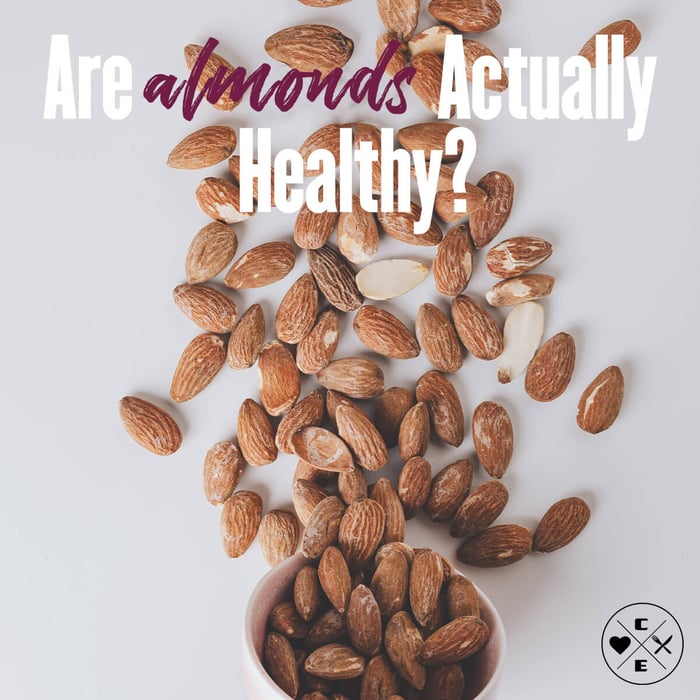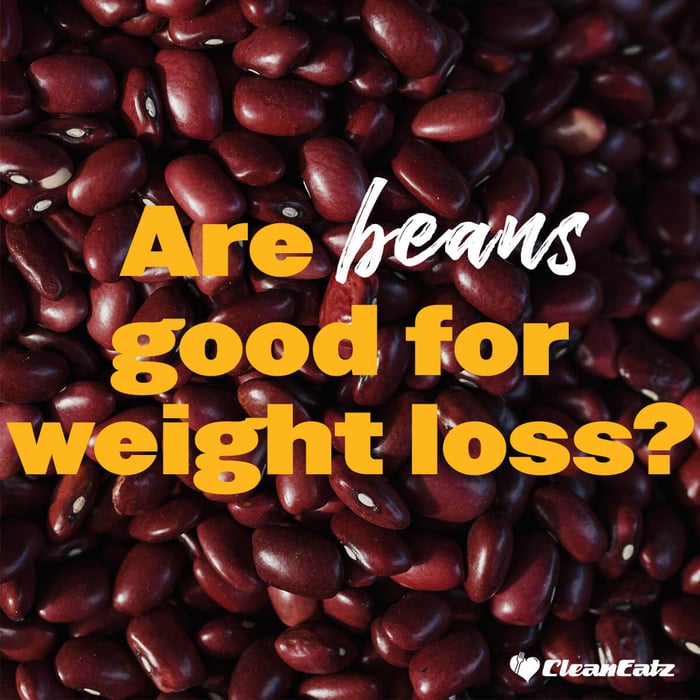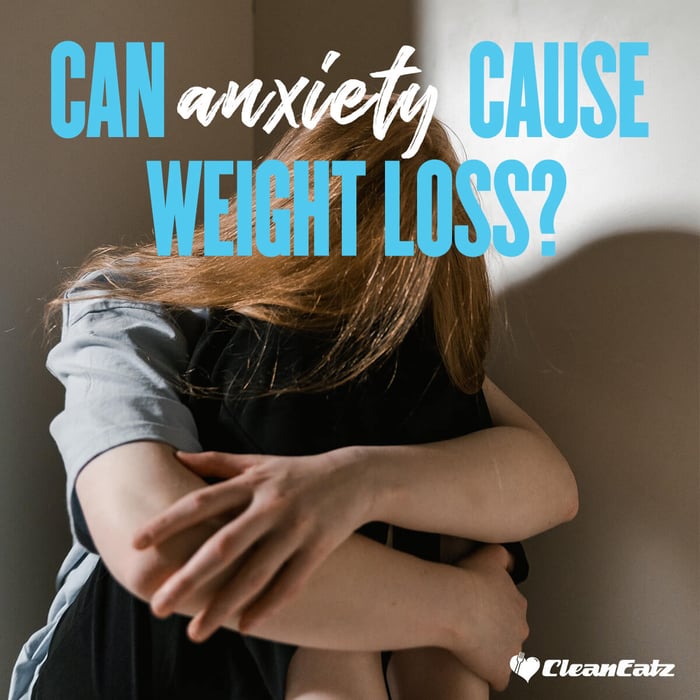Are Almonds Good for Weight Loss?

Jason Nista
Nutrition
|
Weight Loss
09/30/2025 11:48am
4 minute read
Why almonds can help with weight loss
- They don’t inherently cause weight gain. Meta-analyses of nut trials show no adverse effect on body weight; some studies link nut intake with slightly lower body weight and body fat over time.
- They fit into calorie-restricted plans. In randomized trials where calories are controlled, diets that include almond snacks produce similar weight loss to nut-free, carb-snack diets—sometimes with better lipid profiles.
- They’re filling and nutrient-dense. A 1-oz portion has ~6 g protein, ~3–4 g fiber, vitamin E, magnesium, and largely monounsaturated fats—helpful for satiety and diet quality.
- Whole-nut “calorie availability” may be a bit lower. Due to cell-wall structure, the metabolizable energy of whole almonds has been measured below classic estimates; still, track using the Nutrition Facts label for consistency.
How to use almonds without stalling progress
- Substitute—don’t just add. Swap almonds for less-filling snacks (chips, candy). Keep your total daily calories on target—see our calorie-goal guide.
- Pre-portion. Measure or pre-bag ~1 oz (≈23 almonds). If you prefer nut butter, stick to 1 Tbsp and check labels.
- Pair for fullness. Combine with protein + produce (e.g., Greek yogurt + berries + 1 Tbsp chopped almonds). Learn more in our high-protein guide and healthy fats guide.
- Use them strategically at meals. Add a small sprinkle to salads, veggie bowls, or oatmeal for texture and staying power—not a handful on top of everything.
Portions & nutrition at a glance
| Item | Typical portion | Approx. nutrition |
|---|---|---|
| Raw almonds | 1 oz (≈23) | ~164 kcal · 6 g protein · 14 g fat · 3.6 g fiber |
| Dry-roasted almonds | 1 oz | ~170 kcal · 6 g protein · 15 g fat · ~3 g fiber |
| Almond butter | 1 Tbsp (16 g) | ~90–100 kcal · check label for sugar/salt |
Tip: labels vary by brand and roast; use the package values for tracking.
Common watch-outs
- Calories add up fast. Stick to your planned portion. Nuts are calorie-dense—even “healthy” ones.
- Flavored/coated nuts. Honey-roasted and candy-coated options add sugar and calories; choose plain or lightly salted.
- Whole vs. ground. Whole nuts tend to deliver slightly less absorbable energy than nut butters/flours—so if weight loss is the goal, favor whole forms most of the time.
Want a simple plan to put this into action? Start here: best weight-loss program · portion vs. calorie counting.
FAQs
How many almonds should I eat per day for weight loss?
There’s no magic number. For most people, ~1 oz (≈23 almonds) makes a satisfying snack. Fit it into your daily calorie target.
Are almonds better than other snacks?
Often, yes. Compared with refined-carb snacks, almonds add protein, fiber, and healthy fats—and can perform just as well in weight-loss diets when calories are matched.
Do almonds burn belly fat?
No food targets one area. But in calorie-restricted plans, almond-inclusive diets can reduce overall and trunk fat as you lose weight.
References
- Systematic review/meta-analysis: nuts and body weight/body fat. Nishi et al., 2021 (open access summary PMC).
- RCT: almond-enriched vs carb snacks within a calorie-restricted diet—similar weight loss; some lipid benefits. Carter et al., 2023 (author PDF open).
- Acute trial: almond snack affected appetite-regulating hormones. Carter et al., 2022.
- Measured metabolizable energy of whole almonds lower than Atwater estimates. Novotny et al., 2012.
- Processing & structure influence metabolizable energy (whole vs chopped/ground). Gebauer et al., 2016.
- Typical almond nutrition per 1 oz (brand/roast vary). MyFoodData: raw · dry-roasted.
- Additional context & reviews on almond-inclusive weight-loss diets. de Souza Vilela et al., 2024 · classic RCT Wien et al., 2003.
Educational content only; not medical advice.



